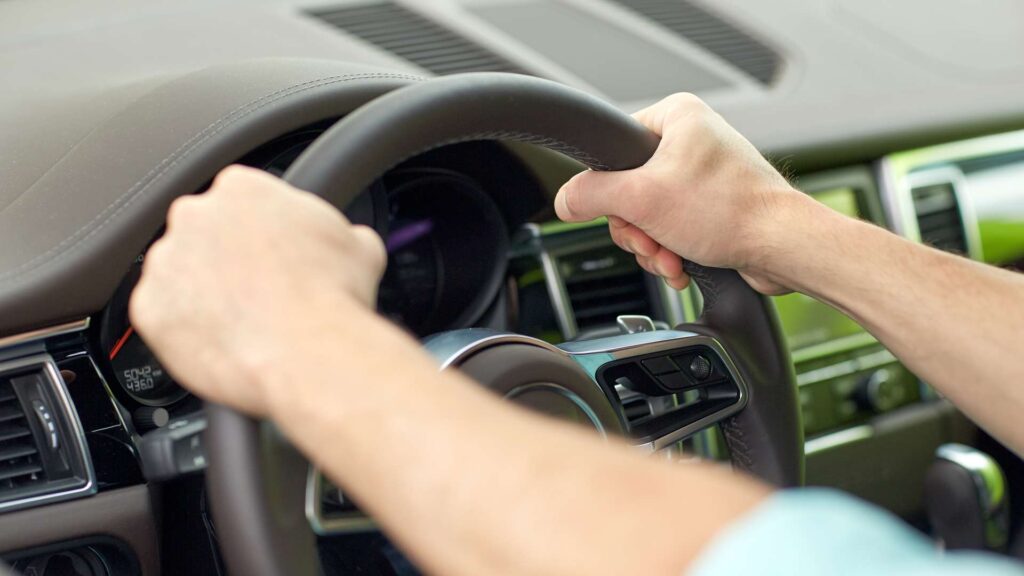In Georgia, as in much of the United States, the road can be a hazardous place. With bustling cities like Atlanta and scenic routes that wind through the Appalachian foothills, drivers in Georgia face a variety of driving conditions. Defensive driving is not just a skill but a necessity for navigating Georgia’s roads safely. This comprehensive guide aims to equip you with defensive driving tips to avoid accidents and ensure a safer journey for everyone on the road.
Understanding Defensive Driving
Defensive driving is the practice of using strategies that go beyond the basic rules of the road to reduce the risk of accidents. It involves anticipating potential hazards, being aware of your surroundings, and making well-informed decisions behind the wheel. By adopting a defensive driving mindset, you’re preparing yourself to react safely to unexpected behaviors of other drivers, adverse weather conditions, and potential road hazards.

14 Key Defensive Driving Tips
1. Preparation and Vehicle Check: Begin every journey with a thorough check of your vehicle. Ensure your tires are properly inflated, lights and signals are functioning, and no fluid leaks are present. A well-maintained vehicle is the first step toward safe driving.
2. Seatbelt Use: Buckling up is one of the simplest yet most effective ways to protect yourself in the event of a crash. Make it a habit to wear your seatbelt and insist that all passengers do the same.
3. Blind Spot Awareness: Understand the blind spots of not only your vehicle but those around you, especially larger vehicles like trucks and buses. Adjust your driving accordingly to remain visible to other drivers.
4. Maintaining Safe Following Distances: Use the three-second rule to maintain a safe distance from the vehicle in front of you. Adjust this distance based on speed, traffic density, and weather conditions.
5. Lane Discipline and Overtaking: Keep to the right unless overtaking and always signal your intentions to other drivers. Remember, the left lane is primarily for passing.
6. Speed and Weather Conditions: Adjust your driving speed to match road and weather conditions. Wet, icy, or foggy conditions demand slower speeds and greater caution.
7. Merging Techniques: Merge onto highways safely by using acceleration lanes to match the speed of traffic. Yield to vehicles already on the highway and avoid sudden lane changes.
8. Adherence to Road Signs and Signals: Obey all road signs, signals, and markings. They are designed to manage traffic flow safely.
9. Right of Way Rules: Understand and respect right-of-way rules, especially at intersections, to prevent confusion and collisions.
10. Emergency Vehicle Awareness: Always give way to emergency vehicles by pulling over to the right side of the road and stopping.
11. Distracted Driving Avoidance: Georgia’s hands-free law prohibits holding a phone while driving. Stay focused on the road and avoid any form of distracted driving.
12. Handling Vehicle Emergencies: If your vehicle breaks down, pull over safely, turn on your hazard lights, and stay inside the vehicle if possible.
13. Preventing Drowsy Driving: Recognize signs of fatigue and pull over to rest if you feel drowsy. Driving while tired significantly increases your risk of an accident.
14. Communication with Other Drivers: Use turn signals, brake lights, and hazard lights to communicate your actions to other drivers, reducing the risk of surprises that could lead to accidents.
Georgia-Specific Considerations
Georgia’s diverse landscapes and weather conditions can present unique challenges for drivers. Be especially cautious during peak traffic hours in urban areas and on rural roads where wildlife crossings are common. Additionally, stay informed about Georgia-specific traffic laws, such as the Super Speeder law, which imposes additional fines on those convicted of speeding at high rates.
Conclusion
Defensive driving is a proactive approach to road safety that can significantly reduce the risk of accidents. By following these tips, you can help make Georgia’s roads safer for everyone. Remember, safe driving begins with you. If you are involved in a car accident, please reach out to Rebecca Kay Sapp Law Firm today. We have over 10 years of experience in personal injury cases and can help get you the compensation you deserve.
FAQs
- Q: What is the three-second rule?
- A: The three-second rule is a guideline suggesting that you should maintain a three-second gap between your vehicle and the vehicle in front of you to ensure a safe stopping distance.
- Q: How can I stay safe driving in heavy rain or fog in Georgia?
- A: Reduce your speed, use your headlights, maintain a greater following distance, and use fog lights if you have them. Be prepared for longer stopping distances on wet roads.
- Q: Is it illegal to use a phone while driving in Georgia?
- A: Yes, Georgia’s hands-free law prohibits holding or supporting a phone with any part of the body while driving. Hands-free devices are permitted.

